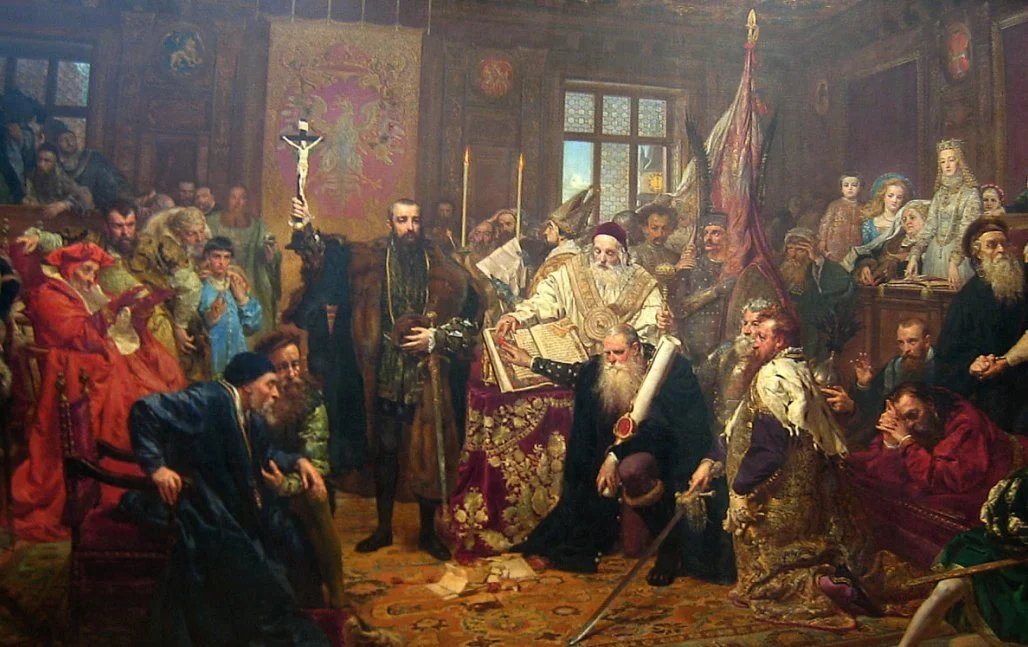modelcampusa.com – Lithuania, a small yet historically rich country in the Baltic region, has a story that is as compelling as a symphony. Its history is marked by a series of triumphs and challenges that have shaped its national identity and cultural heritage. From the establishment of the Grand Duchy to its modern independence, Lithuania’s past is a testament to resilience and transformation.
The Early Days
The history of Lithuania dates back to the final ice age, around 10,000 BC, when the first known inhabitants, hunter-gatherers, settled in the region. Over time, these early settlers transitioned into farming communities, laying the groundwork for the development of Baltic tribes.
The Rise of the Grand Duchy
In the 13th century, Lithuania emerged as a formidable power with the establishment of the Grand Duchy of Lithuania. Under the leadership of Grand Duke Mindaugas, Lithuania united various tribes and expanded its territory significantly. The Grand Duchy became one of the largest and most influential states in Europe, known for its military prowess and political acumen.
The Polish-Lithuanian Commonwealth
The 16th century brought a new chapter with the formation of the Polish-Lithuanian Commonwealth, a unique political entity that was one of Europe’s largest and most populous states. It was characterized by its progressive political system and a shared monarchy, which brought about a cultural and intellectual flourishing.
The Struggles for Independence
Despite its early successes, Lithuania faced numerous challenges, including invasions and partitions. By the late 18th century, Lithuania had been absorbed into the Russian Empire. However, the spirit of independence remained strong, culminating in a declaration of independence in 1918 following World War I.
Soviet Occupation and Renewed Independence
The 20th century was marked by occupation and repression, first by Nazi Germany and then the Soviet Union. It wasn’t until March 11, 1990, that Lithuania boldly declared its independence from the Soviet Union, becoming the first Soviet republic to do so. This act of bravery set the stage for the collapse of Soviet influence in the Baltic region.
Modern Lithuania
Today, Lithuania is a vibrant member of the European Union and NATO, known for its rich cultural heritage, innovation, and dynamic economy. Its capital, Vilnius, is celebrated for its Baroque architecture and lively arts scene, reflecting the country’s commitment to preserving its history while embracing modernity.
Conclusion
Lithuania’s history is indeed a symphony—a harmonious blend of different eras, cultures, and challenges that have collectively shaped its national identity. As Lithuania continues to navigate its path in the modern world, its historical legacy serves as both a foundation and a guide for future generations.
